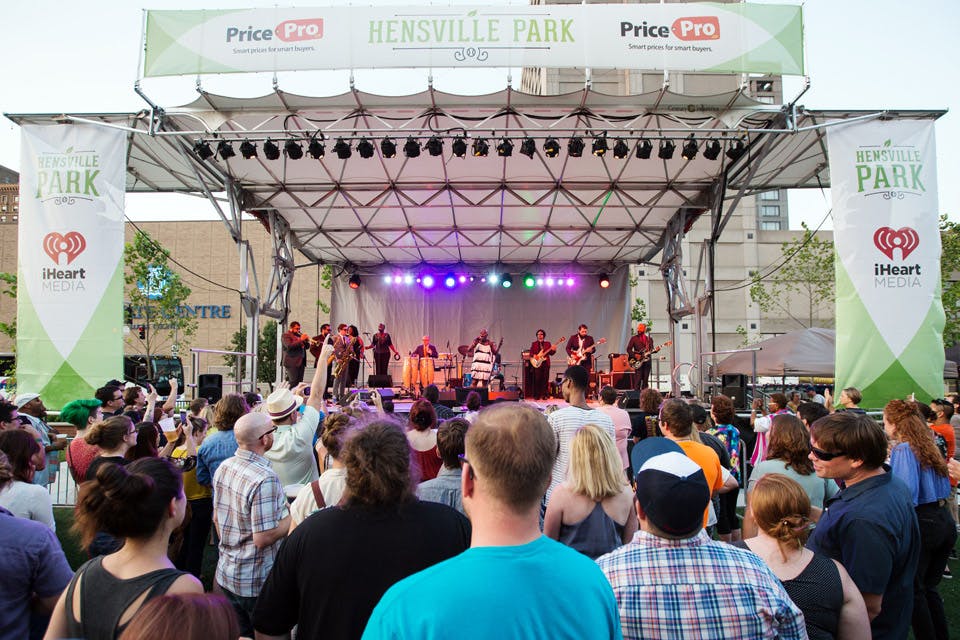Travel
| Cities
Toledo’s Downtown Renaissance
Ever since the Mud Hens moved to Fifth Third Field, the city has seen a reinvestment surge, including new projects set to open soon.
Related Articles
.jpg?sfvrsn=f031b738_5&w=960&auto=compress%2cformat)
5 Spring and Summer Festivals in the Hocking Hills
Explore beautifully crafted art and celebrate local culture in this scenic region of Ohio at these five festivals and events happening between now and the end of summer. READ MORE >>
.jpg?sfvrsn=430b738_5&w=960&auto=compress%2cformat)
Embark on a Lady Caroline Cruise in Cleveland
From weekday lunches to happy hours to special events, enjoy some time on the water this spring and summer. READ MORE >>

102 Days & Nights of Summer Fun in Ohio
We have plenty of ideas for making the most of the sunny season in the Buckeye State, from the Friday heading into Memorial Day weekend through Labor Day. READ MORE >>






